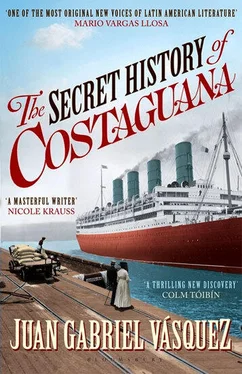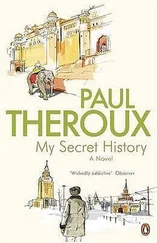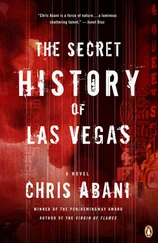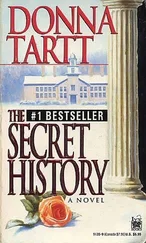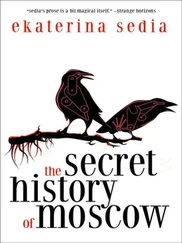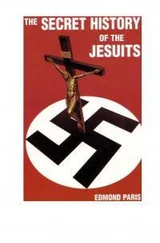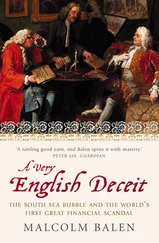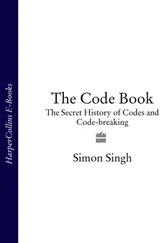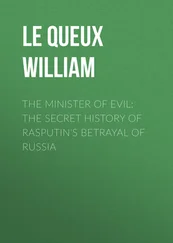At 9:35 on the morning of November 3, Herbert Prescott receives in Panama City the telegram that says GENERALS LEFT WITHOUT BATTALION STOP ARRIVING 11 AM STOP TAKE AGREED ACTIONS. At 10:30, Dr. Manuel Amador visits the Liberals Carlos Mendoza and Eusebio Morales, in charge of composing the Declaration of Independence and the Manifesto of the Junta of the Provisional Government. At 11:00: Generals Tovar and Amaya are met with profuse, cordial greetings by Domingo Díaz, the provincial governor, and seven illustrious citizens. At 3:00 p.m., General Tovar receives an anonymous letter telling him to trust no one. Rumors of revolutionary meetings in Panama City proliferate, and the General goes to see Governor Díaz to ask him to order the superintendents of the Railroad to transport the Tiradores battalion immediately to Panama City. At 3:15: Tovar receives the reply to his request. From Colón, Colonel James Shaler refuses to allow his trains to be used to transport the Tiradores battalion, arguing that the government owes large sums of money to the Railroad Company. Tovar, a man with a subtle though perhaps slow sense of smell, begins to get a whiff of something strange, heads for the Chiriquí barracks, headquarters of the National Guard, for detailed discussions of the situation with General Esteban Huertas, commander of the guard.
At 5:00, Generals Tovar, Amaya, and Huertas have sat down on a pine bench outside the barracks, a few steps from the oak door. Tovar and Amaya, concerned by the rumors, begin to discuss military solutions that can be carried out without the support of the Tiradores battalion, captive of the debts. At this, Huertas stands up, gives some excuse, and leaves. Suddenly, a small contingent of eight soldiers bearing Grass rifles arrives. The generals suspect nothing. In the barracks, meanwhile, Huertas orders Captain Marco Salazar to arrest Generals Tovar and Amaya. Salazar, in turn, orders the soldiers to carry out the arrest. The generals suspect something. And at that moment, the eight Grass rifles swing through the air and aim at Tovar’s and Amaya’s heads. “I think something’s gone wrong,” says Tovar, or maybe Amaya. “Traitors! Turncoats!” shouts Amaya, or maybe it’s Tovar. According to some versions, that’s when they both say in unison: “I suspected as much.”
At 6:05, revolutionary demonstrations begin to occupy the streets of Panama City. Collective shouts go up: “Viva Panamá Libre! Long live General Huertas! Long live President Roosevelt!” And most of all: “Long live the Canal!” The governmental military, in fear, load their weapons. One of them, General Francisco de Paula Castro, is discovered hidden in a stinking latrine. He has his breeches up, all the buttons of his uniform well fixed in their buttonholes, so the excuse offered (which makes reference to certain intestinal upset) loses validity; nevertheless, this Francisco would go down in history as the General Who Was Scared Shitless. At 8:07: Colonel Jorge Martinez, in command of the cruiser Bogotá anchored in the revolutionary city’s bay, receives news of the occurrences on land and sends Dr. Manuel Amador, leader of the insurgents, the following message: “Either you hand the generals over to me or I’ll bomb Panama City.” Amador, excited by the revolution, loses his composure and replies: “Do whatever the hell you want, if you’ve got the balls.” At 8:38: Colonel Martinez examines his balls and finds them full of fifteen-pound shells. He approaches the shore, loads his cannons, and fires nine times. The first shell lands in El Chorrillo neighborhood, on Sun Hao Wah (Chinese, killed on impact) and a few meters from Octavio Preciado (Panamanian, killed by heart attack provoked by the fright). Shell number two destroys the house of Ignacio Molino (Panamanian, absent at the time) and number three hits a building on West Twelfth Street, killing Babieca (Panamanian, percheron horse). Shells number four through nine do not cause any damage whatsoever.
At 9:01: the Revolutionary Junta, meeting in the Panama City’s Hotel Central, presents the flag of the future Republic. It has been designed by Dr. Manuel Amador’s son (applause) and sewn by Dr. Manuel Amador’s wife (applause and gazes of admiration). At 9:03: explanation of the symbols. The red square represents the Liberal Party. The blue square represents the Conservative Party. The stars, well, the stars will be something like peace between the parties, or the eternal concord of the new Republic, or some pretty little idea along those lines — they’d have to come to an agreement or put it to a vote. At 9:33: Dr. Manuel Amador reveals details of his trip to New York in search of North American support for the secession of Panama to those who don’t know about it. He speaks of a Frenchman, a certain Philippe Bunau-Varilla, who advised him on all the practical details of the revolution, and even supplied him with a briefcase with the following contents: a declaration of independence, a model constitution for new countries, and some military instructions. The audience applauds with admiration. Those French sure know how to do things, damn it. At 9:45: the Revolutionary Junta proposes they send a telegram to his Excellency the President of the United States with the following text: SEPARATION MOVEMENT PANAMA REST OF COLOMBIA HOPES RECOGNITION YOUR GOVERNMENT FOR OUR CAUSE. But the conspirators’ joy was premature. The revolution was not yet sealed. It still needed my intervention, which was lateral and superfluous and in any case dispensable, as also had been my treasonous silence, but it nevertheless stained me forever, contaminated me as cholera contaminates water. It was the moment when my crucified country (or maybe it was the new resurrected country?) chose me as evangelist.
“You shall testify,” I was told. And that’s what I’m doing.
Dawn was cloudy on November 4. Before seven I left without saying good-bye to you, dear Eloísa, who was sleeping faceup; I leaned down to give you a kiss on the forehead, and saw the first sign of the day’s stifling, humid heat in your damp hair, a few locks sticking to the white skin of your neck. Later I would learn that at that very moment Colonel Eliseo Torres, delegated commander of the Tiradores battalion, was urinating under a chestnut tree, and it was there, with one hand leaning on the trunk, that he found out about the generals’ detention in Panama City. He went immediately to the Railroad Company offices; indignant, he demanded Colonel Shaler assign a train to take the Tiradores battalion across the Isthmus. Colonel Shaler could have invoked the Mallarino-Bidlack Treaty — as he in fact later did — and his obligation, established in that text, to maintain neutrality in any political conflict, but he did not. The only answer he gave was that the Colombian government had still not paid him the money it owed, and furthermore, to be honest, Colonel Shaler did not like to be spoken to in that tone of voice. “I’m sorry, but I cannot help you,” said Colonel Shaler at the same time as I leaned down to kiss my little girl (careful not to wake her), and it’s not impossible that as I did so, I would have thought of Charlotte and the happiness that had been snatched away from us by the Colombian war. Eloísa dear, my face close to yours, I smelled your breath and pitied your motherlessness and wondered if it was my fault in some obscure way. All events, I’ve learned over time, are connected: everything is a consequence of everything else.
The telephone rang at seven in the Company offices. While I was walking slowly through the streets of Christophe Colomb, taking my time, breathing the heavy morning air, and wondering what face my schizophrenic city would be wearing the day after the beginning of the revolution, from the Panama City station three of the conspirators were speaking to Colonel Eliseo Torres to suggest that he lay down his weapons. “Surrender to the revolution, but also to the evidence,” one of them told him. “The oppression of the central government has been defeated.” But Colonel Torres was not prepared to bow to the pressures of the separatists. He threatened to attack Panama City; he threatened to torch Colón as Pedro Prestán had done. José Agustín Arango, who was the conspirators’ spokesman at that moment, informed him that Panama City had already embarked on the path to liberty and did not fear confrontation. “Your aggression will be repelled with the might of a just cause,” he said (Colombians have always been good at grand phrases for precise moments). The call ended abruptly, with Colonel Eliseo Torres throwing the telephone with such force that it chipped the wood of the desk. The echo of the blow resounded through the high-ceilinged hallways of the Company and reached my ears (I was at the port, twenty meters from the Company entrance), but I didn’t know, I couldn’t have known, what it was about. Did I even wonder? I don’t think so; I think at that moment I was distracted or rather absorbed by the color the Caribbean takes on overcast days. Limón Bay was not part of the immensity of the Atlantic, but a greenish-gray mirror, and on that mirror floated, in the distance, the silhouette of what looked like a toy model of the battleship Nashville . You could hear only a few seagulls, only the lapping of the waves against the breakwaters and the deserted docks.
Читать дальше
